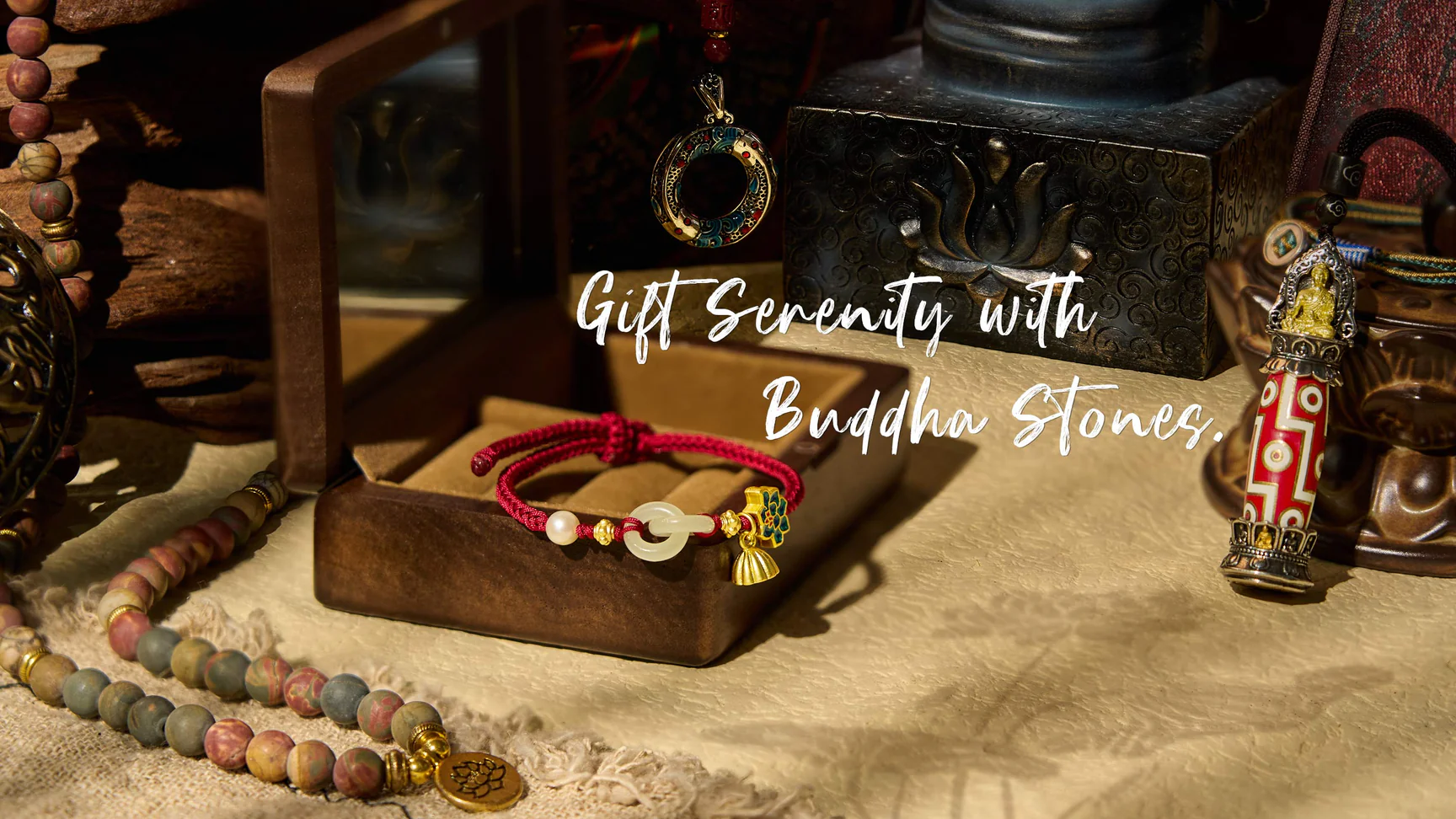We’ve been taught that the heart is a pump, the brain a computer, and the eye a camera. These mechanical metaphors, though useful in dissecting the body’s functions, fall dangerously short when it comes to capturing the full essence of human life. For too long, Western science has reduced our existence to chemical reactions and cellular machinery—ignoring the silent, invisible force that breathes vitality into our bodies: life energy.
While modern medicine continues to chart molecular pathways and map the genome, many healing traditions around the world have never forgotten the central role of this subtle, animating energy. From the flowing qi in acupuncture to the breath-linked movements of tai chi and the meditative chants of yogic traditions, cultures across continents have long embraced the idea that we are not simply flesh and blood—we are fields of energy in motion.
So why has the West resisted?
A Legacy of Materialism
Growing up the son of a scientist, I was steeped in the worldview of scientific materialism. I believed that reality consisted only of what we could see, measure, and replicate. The world of atoms and equations thrilled me, and I chased that clarity into medical school with the hope that science would explain everything about the human condition.
But the deeper I went, the more questions arose. I discovered that many illnesses had no known cause—diagnosed as “idiopathic”—and others, like hypertension, were labeled “essential,” as if they simply occurred without reason. These gaps weren’t just frustrating; they revealed a system that lacked curiosity about the deeper mechanisms of health.
To fill these voids, modern medicine leaned on ever-smaller explanations: genetics, molecules, neurotransmitters. But this fragmented view made us feel like victims of a biological lottery—powerless, programmed machines running on predetermined scripts.
And yet, there was something more.
A Shift in Perspective
Before I began medical school, I took time to travel through Europe, the Middle East, and South Asia. It was during those years that I encountered non-Western views of health—paradigms that honored not only the body, but the energy flowing through it. I realized the Western perspective was just one of many ways to understand the world, and not necessarily the most complete.
That awakening prepared me to see beyond the textbook when, in 1985, I attended a lecture by Rev. Rosalyn Bruyere, a healer with no formal medical background but astonishing insight. She spoke of energy—not ATP, the molecule we were taught fuels cells—but the kind of energy that links our thoughts, emotions, and physical health. She could read people’s bodies with intuitive clarity and spoke of healing as something that emerged not only through science, but through connection, vibration, and presence.
I was skeptical. But I couldn’t deny what I saw—and what I felt. My medical training had no room for this, yet it resonated with something deep within me.
And so began my seven-year immersion into energy healing, spiritual growth, and the exploration of consciousness. For the first time, I had to leave behind the safety of intellectual mastery and learn to listen to the quiet language of energy within my own body.
Bridging the Worlds
My path eventually led me to integrate energy healing into my work as a psychiatrist and pain management specialist. I joined a multidisciplinary team teaching chronic pain patients how to manage their symptoms—not just with medication, but with awareness and self-empowerment. And here, the subtle tools of energy medicine found a powerful application.
Stress, I learned through the field of psychoneuroimmunology, affects every biological system in the body. That insight, once radical, is now common knowledge. But what still remains underappreciated is how our thoughts and emotions—our energy—are not only responses to illness but active participants in its creation and resolution.
When I began seeing illness not as an isolated malfunction but as a disruption in one’s energy field, everything changed. Symptoms became messages. Pain became a portal. And healing became less about fixing and more about rebalancing.
Reclaiming the Invisible
The deeper I went, the more I saw that energy is the thread weaving together so many seemingly separate domains: team sports, sacred spaces, spontaneous healing, and even global events. When we tune into that thread, we don’t just treat disease—we touch something sacred and deeply human.
This is not just metaphor. Scientific studies are beginning to affirm the existence and clinical relevance of what researchers now call the human biofield. Practitioners trained in energy therapies—once dismissed as fringe—are demonstrating measurable impacts on immune response, stress regulation, and emotional well-being.
The tide is turning. We are on the cusp of a new paradigm that makes space for both the rigor of science and the wisdom of the invisible.
A New Healing Vision
Our world is in crisis—ecologically, emotionally, and spiritually. But we also have access to ancient, powerful tools that can help us heal on every level. We can restore ecosystems by understanding Earth’s energy grids. We can boost immunity not only with vaccines but with practices that harmonize our inner energies. And perhaps most crucially, we can reconnect with each other through the web of subtle energy that has always bound us together.
If we are willing to move beyond the metaphor of man as machine and embrace our reality as energetic beings, we can forge a new path forward—one that is not polarized, but integrated. One that values both science and soul.
Because healing doesn’t always come in a bottle or through a scan. Sometimes, it begins with a shift in perspective—and a willingness to believe that energy is not just real, but essential.



